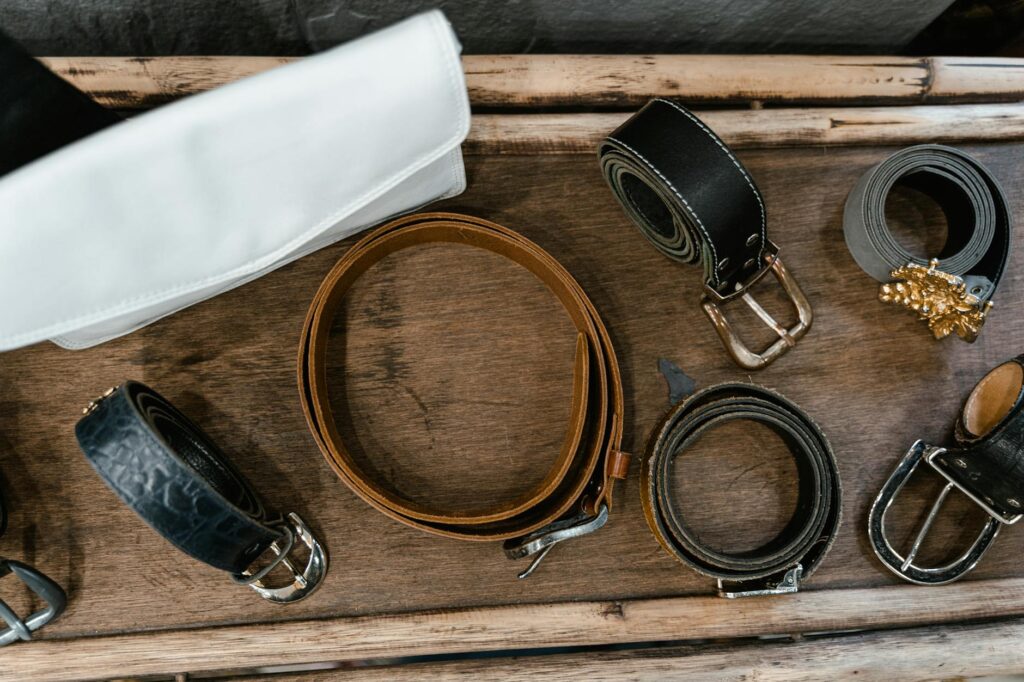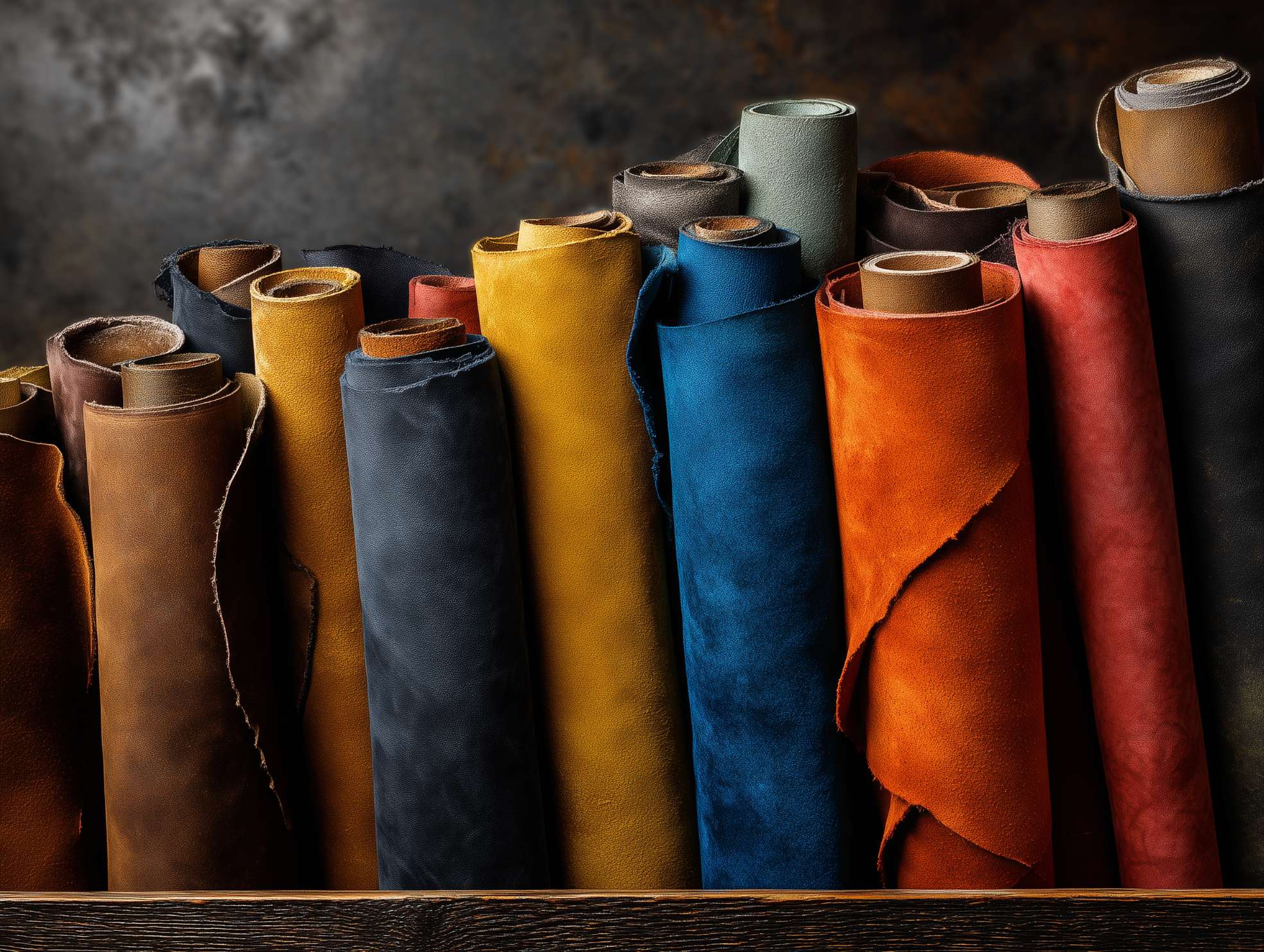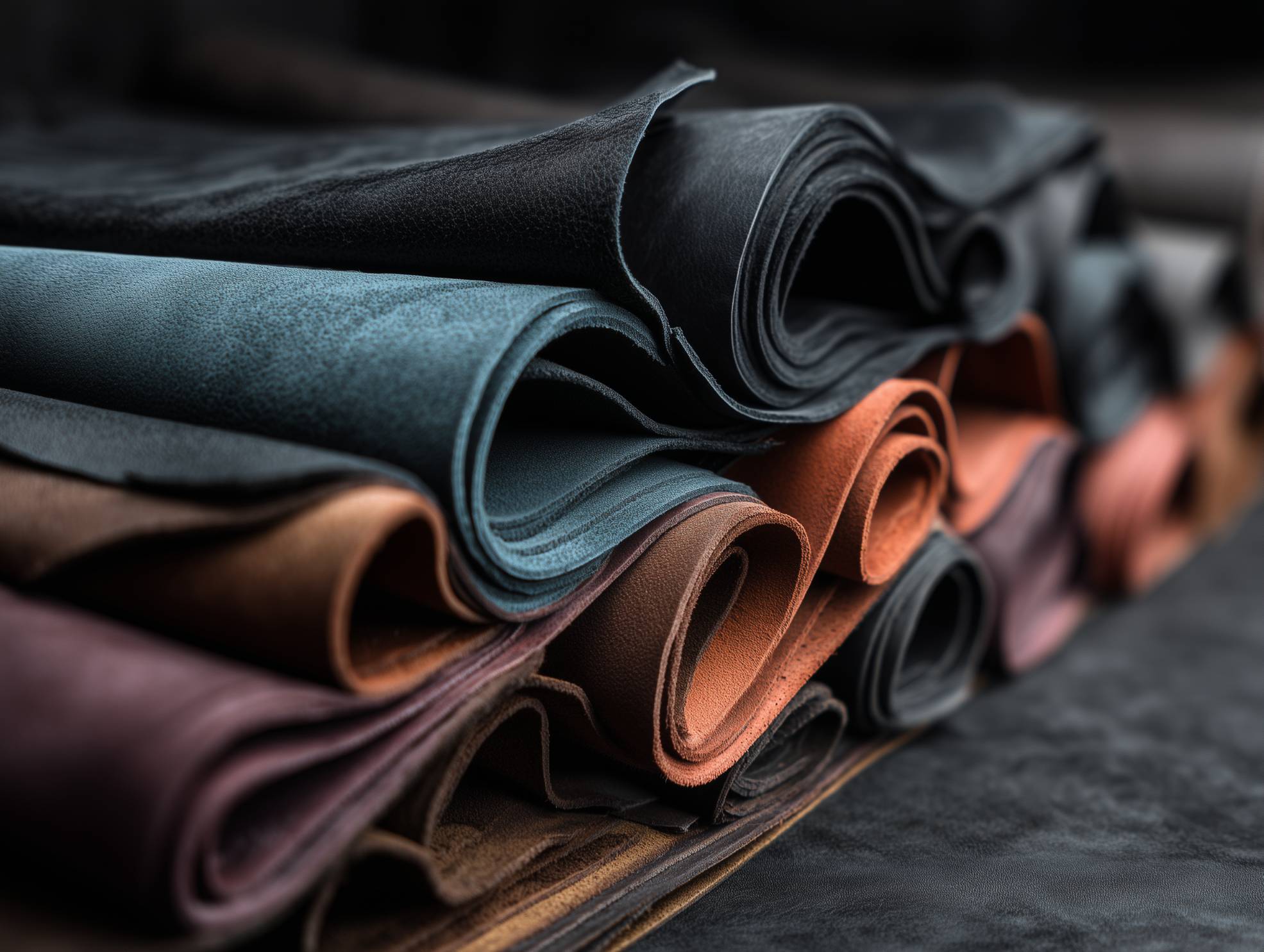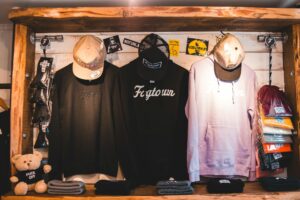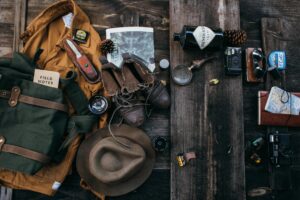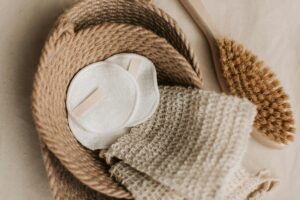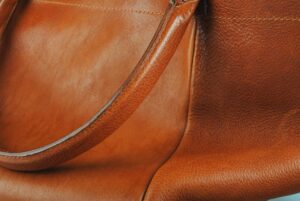What Makes Up Nubuck Leather Material
Nubuck leather material comes chiefly from cowhide, with calfskin also suitable. These hides start with full-grain quality, meaning the top layer stays intact without splitting. Source animals are cattle raised for leather.
Each hide typically covers 45–55 square feet with a thickness of about 1.2–1.6 mm (0.05–0.06 inches). We source from certified suppliers to ensure no prohibited substances like heavy metals. REACH regulations guide this.
[Experience Note] In our shop, we select hides with consistent grain patterns. Uneven ones create waste in glove-cutting layouts. Premium hides cost more but yield better results.
Hides show natural pores and scars—marks that confirm genuine leather. Synthetics lack these. Verify authenticity by noting color variations across the surface. Our team inspects every lot before processing.
Processing the Hide into Nubuck
The journey from raw hide to nubuck involves key steps. It starts with tanning to preserve the fibers, using vegetable or chrome methods. Chrome tanning speeds things up but needs rinsing for compliance.
- Assess thickness and defects during selection.
- Buff the grain side lightly with fine abrasives for the nap.
- Dye after buffing; aniline dyes penetrate without hiding natural marks.
Buffing uses something like 220-grit sandpaper, removing less than 0.5 mm. This keeps the material at 3–4 oz per square foot while preserving strength from the full-grain base.
Natural imperfections like healed scars add character, visible in full aniline finishes. For mass customization, we match dyes to your specs, with minimum order at 100 units for apparel. Dye lots can vary slightly in shade; we recommend samples and two weeks for color approval on custom gloves.
Leather or synthetic options help compare for your projects.
Nubuck vs. Full-Grain Leather Comparison
| Material | Source | Texture | Durability | Care Level |
|---|---|---|---|---|
| Nubuck | Top-grain hide, buffed | Velvety nap | High with protection | Moderate, brush regularly |
| Full-Grain | Untreated top layer | Smooth | Highest | Low, wipe clean |
Nubuck shines in custom apparel for its feel. Full-grain fits heavy-duty hats. Pick based on use. For quality spotting, check this wholesale leather gloves guide.
Properties and Compliance for Nubuck Leather Material
Finished nubuck leather material breathes well, with air passing through the nap—great for active gloves or hats. Its full-grain base offers tear resistance better than split leathers. Abrasion resistance holds up well in use, per ASTM D3884 standards.
Water resistance needs help; the nap absorbs spills. We apply protective finishes. Rub fastness meets ISO 105 criteria. Test for azo dyes and formaldehyde; our suppliers follow REACH with no phthalates.
[Experience Note] The nap fades with heavy use and darkens when wet. Use waterproof sprays tested to standards like SATRA TM410. We test restricted substances via OEKO-TEX, with color fastness at 4–5 on the gray scale.
Quick Compliance Checklist:
- Verify tanning method: chrome or vegetable.
- Confirm REACH certification for substances.
- Test rub fastness dry and wet per ISO 105-X12.
- Ensure ethical sourcing without animal welfare issues.
- Check thickness tolerance at ±0.1 mm.
Spot genuine nubuck by its uniform velvety nap. Burn a scrap: it smells like hair, not plastic. Examine grain under light for natural patterns.
For customization in B2B, nubuck suits gloves and collars with breathability. Add logos up to 4 inches wide. Start an order: Share specs (color, quantity, thickness); get samples in 7 days; approve prototype in 4 weeks; production 6–8 weeks for 500 units. MOQ is 100 pieces, total lead time 8–10 weeks.
Cleaning and care tips apply similarly. Risks include nap wear; protect against moisture.
All trademarks are property of their respective owners. This article is informational and implies no affiliation or endorsement.
Next: Contact us for nubuck samples. We’ll guide from material choice to order.
FAQ
What is nubuck leather made of?
Nubuck leather is made from top-grain animal hides, mainly cow or calfskin, tanned and lightly buffed for texture. This process preserves the grain while creating a soft nap. Tip: Request a sample to feel the quality.
What animal is nubuck leather from?
It comes primarily from cattle hides, including calfskin, selected for quality grain. These provide the durable base. For authenticity, check natural markings per industry standards.
Is nubuck real leather?
Yes, nubuck is genuine leather from the outer hide layer, not synthetic. It shows natural pores and scars. Verify with a burn test: real leather smells like hair.
What are the disadvantages of nubuck?
It absorbs water easily and requires regular brushing to maintain the nap. The surface can darken when wet. Fix: Apply protective sprays and brush weekly for longevity.
